1. Galactic Winds
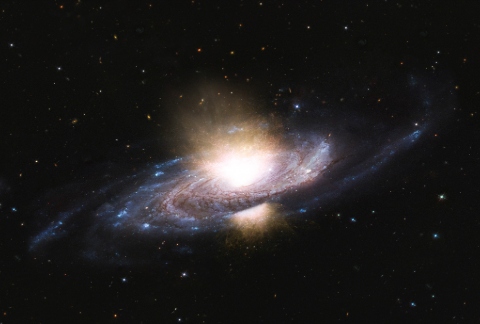
First, there's Galactic winds, these are huge streams of gas and particles that flow out from galaxies, kind of like cosmic breath. They’re usually powered by intense star formation or supermassive black holes at the galaxy’s center. These winds can blow away gas and dust, affecting how new stars form and even shaping the galaxy’s future. While it sounds like a gentle breeze, galactic winds can actually be incredibly powerful—sometimes traveling millions of miles per hour—and they play a big role in recycling material across the universe. In short, galactic winds help galaxies stay alive and evolve over billions of years.
2. Space Quakes
Space quakes are like earthquakes—but in space! Instead of shaking the ground, they shake Earth’s magnetic field. Hence, Space quakes are disturbances in Earth's magnetosphere caused by interactions between the planet's magnetic field and solar wind. These events release immense amounts of energy, similar to how seismic quakes release energy along fault lines on Earth. However, instead of involving physical ground movement, space quakes involve the reconfiguration of magnetic field lines and charged particles in space.
3. Dark Flow
Imagine huge clusters of galaxies—each with billions of stars—drifting through space together, heading in the same direction at insane speeds. That’s what scientists call Dark Flow, and it’s one of the weirdest mysteries in the universe. These galaxy clusters seem to be moving toward something we can’t see, possibly something outside the observable universe. This kind of motion doesn’t fit with how we think the universe should be expanding. Some researchers think it might be caused by massive structures beyond what we can observe, or even hints of other universes out there. It’s still debated, but if Dark Flow is real, it could change everything we know about the cosmos.
4. Magnetars
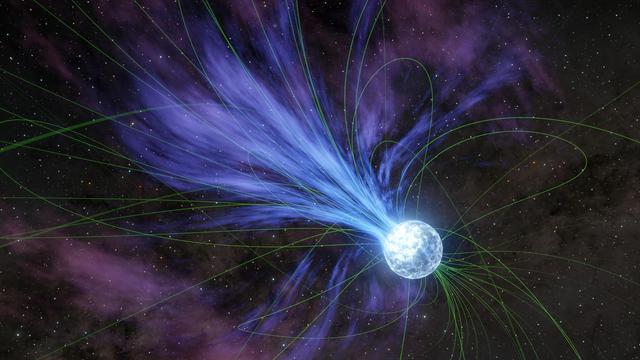
Next one, there are Magnetars. What is Magnetars? Magnetars are type of neutron stars with incredibly strong magnetic fields. Magnetars are considered to have the strongest magnetic fields in the universe. Their magnetic fields are about 1013 to 1015 gauss which is billions of times stronger than Earth's.
With the size of roughly 20 kilometres (12 miles) in diameter, they have the mass around 1.4 times of our Sun, which make them pretty dense. They're formed from the massive stars that collapse under gravity after supernovae explosion and have a lifespan of about 10,000 years.
5. Cosmic Dawn Echoes
Cosmic Dawn Echoes are like whispers from the universe's ancient past—signals that may come from the very first stars that lit up the cosmos. This period, called the Cosmic Dawn, happened about 180 million years after the Big Bang, when the first stars and galaxies started to form and shine. Scientists believe these early stars affected the surrounding hydrogen gas, leaving behind a faint radio signal that we might still be able to detect today. In 2018, researchers using a special radio antenna in Australia claimed they picked up such a signal, calling it a possible echo from the Cosmic Dawn. If confirmed, it's like catching the universe's baby photo—a huge step in understanding how everything began. The signal was surprisingly strong, though, and that’s made some scientists wonder if there’s something more going on—maybe even hints of new physics or dark matter at play.
6. Fast Radio Bursts (FRBs)

Fast Radio Bursts (FRBs) are one of the most mysterious things astronomers have ever detected. They’re powerful flashes or bursts of radio waves that last just milliseconds, but in that tiny moment, they can release more energy than our Sun does in days. Most FRBs come from billions of light-years away, and we still don’t know exactly what causes them. Some happen only once, while others repeat, which makes things even more confusing. Theories range from exotic cosmic objects like magnetars, to more out-there ideas like alien technology (though scientists don’t take that one too seriously). What we do know is that FRBs are real, incredibly powerful, and could unlock secrets about the universe’s structure, magnetic fields, and even more.
7. Rogue Planets
Unlike planets that orbit their star, rogue planets have no star to orbit, so they drift alone freely in the depths of space. These mysterious worlds may have been kicked out of their previous solar systems by gravitational chaos, or they might have formed on their own in the cold of interstellar space. Even though there's no light, some of them might still have internal heat, perhaps even underground oceans, raising the question: could they support life? It sounds like something out of science fiction, but these dark, wandering worlds are very real.
8. Cosmic Cannibalism
In the wild universe, survival of the fittest applies to galaxies too. Cosmic cannibalism is the term scientists use when a larger galaxy pulls in and devours a smaller one using its gravity. It sounds dramatic—and it is! Over billions of years, big galaxies like our own Milky Way have grown by "eating" their smaller neighbors, ripping them apart and absorbing their stars, gas, and dark matter. In fact, the Milky Way is doing it right now to a few nearby dwarf galaxies. Sometimes, you can even spot the leftovers—streams of stars stretched out across space, like cosmic crumbs. While this might seem violent, it’s also how galaxies evolve and grow. Without cosmic cannibalism, the universe would look very different.
9. Black Hole Starbursts
It might sound strange, but black holes—those famous destroyers of stars—can also help create them. In certain galaxies, when a supermassive black hole at the center feeds on huge amounts of gas, it doesn’t just suck everything in. Some of that material gets blasted back out in powerful jets and winds, which can compress nearby clouds of gas and trigger rapid star formation. This unexpected side effect is known as a black hole starburst. Instead of just swallowing light and matter, the black hole ends up jumpstarting new stars, lighting up parts of the galaxy. It’s like cosmic recycling: destruction leading to creation. These bursts don’t last forever, but they can dramatically change a galaxy’s shape and future, showing that even the darkest objects in the universe have a surprising role in making it shine.
10. Planets with Rings Beyond Saturn
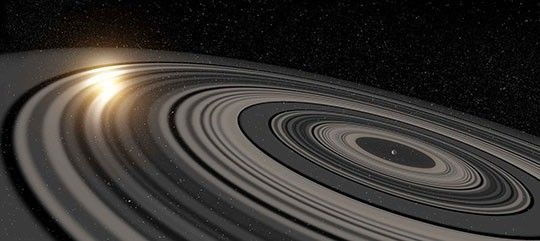
Beyond Saturn, some exoplanets have colossal ring systems that dwarf anything in our solar system. There's an exoplanet with the largest ring, called J1407b, also known as Super Saturn. Its rings are estimated to be roughly 180 million kilometres in diameter or 200 times larger than rings of Saturn.
11. Einstein Rings
Einstein Rings are stunning cosmic illusions where light from a distant galaxy or star bends around a massive object—like a black hole or another galaxy—right in front of it. This bending of light, predicted by Einstein’s theory of general relativity, creates a glowing circle or ring shape in the sky. It happens when everything lines up just right: the source, the lensing object, and Earth. Not only do they look amazing, but Einstein Rings also help astronomers study dark matter, distant galaxies, and even the shape of space itself.
12. Cold Spots in the Universe
Cold spots are strange, low-temperature regions found in the cosmic microwave background (CMB)—the leftover radiation from the Big Bang. While the CMB is mostly uniform, it has tiny fluctuations that help scientists map how the universe grew over time. But one cold spot stands out: the CMB Cold Spot. It's unusually large and significantly cooler than surrounding regions, and it doesn't neatly fit into our current models of the universe.
Some scientists think it might be caused by a giant cosmic void, an area with less matter and fewer galaxies, which could explain the lower temperature. But others believe it's a statistical anomaly or possibly a hint of something far stranger, like a collision with another universe. Whatever the cause, the Cold Spot remains one of cosmology’s biggest mysteries, keeping researchers curious about what the universe is really hiding.
13. Cosmic Bubbles
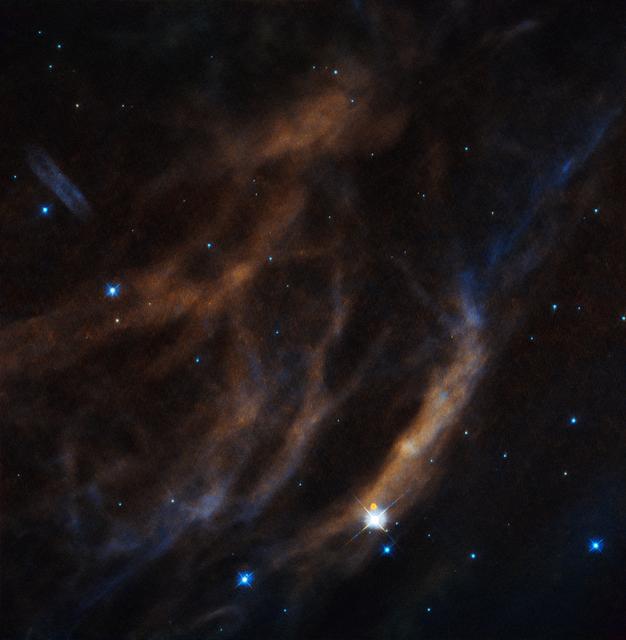
Cosmic bubbles, these are balloon-like structures scattered across the universe, often formed by powerful forces like exploding stars, fast-moving galactic winds, or even the Big Bang itself. Some bubbles are created when young, hot stars blast out radiation, clearing out surrounding gas and forming giant empty shells. Others, like the massive Fermi Bubbles extending from the center of our galaxy, might be leftovers from ancient black hole activity. These bubbles can span thousands of light-years and give us insight into the violent, dynamic processes that shape galaxies and space itself. Think of them as the universe’s way of blowing off steam—on a truly cosmic scale. Cosmic bubbles help scientists understand how matter is distributed in the universe and provide insights into its expansion and evolution.
14. Zombie Stars
Zombie stars are stars that should’ve died long ago but somehow start shining again — kind of like cosmic survivors. Usually, these are white dwarfs (the leftover cores of dead stars) that grab material from a nearby companion star. When enough material piles up, it can cause a sudden burst of energy, making the star light up like it’s alive again. These stellar “resurrections” are fascinating because they help astronomers understand how stars live and die—and sometimes cheat death. So, zombie stars show us that in space, even the dead can have a second chance.
15. Cosmic Microwave Background (CMB) Anomalies
The Cosmic Microwave Background (CMB) is the leftover glow from the Big Bang, spreading almost perfectly evenly across the sky. But hidden in this ancient light are tiny weird spots and patterns called anomalies that don’t quite fit with what scientists expect. These include unusually cold or hot areas, strange alignments, and other unexpected features. While some anomalies might just be random, others hint at new physics or big surprises about the universe’s history. Studying these oddities helps cosmologists test our understanding of the cosmos—and sometimes challenges the whole picture of how the universe began.
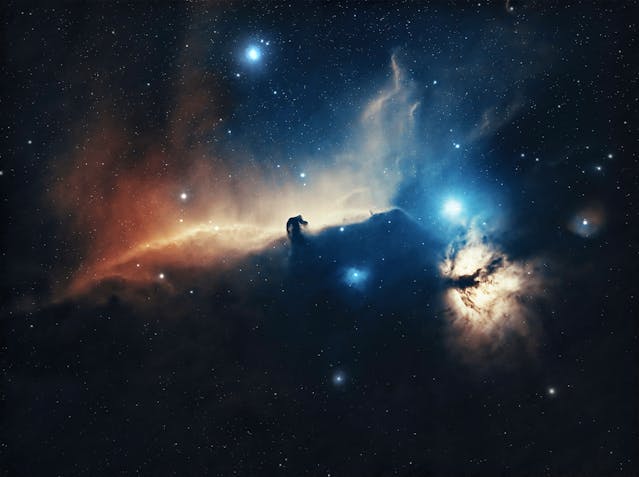
 Pinterest
Pinterest Youtube
Youtube